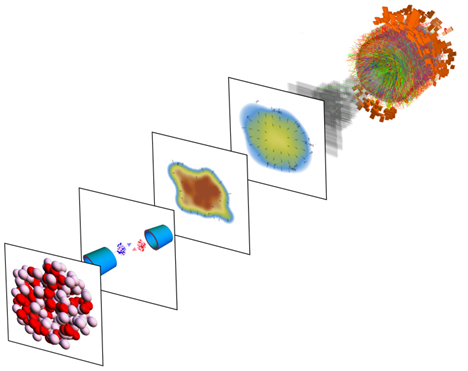
Measuring the Thickness of the Neutron Skin with Ultra-Relativistic Heavy Ion Collisions
Researchers determined the neutron skin of lead-208 from experimental data collected in lead-lead collisions at the CERN Large Hadron Collider.

Researchers determined the neutron skin of lead-208 from experimental data collected in lead-lead collisions at the CERN Large Hadron Collider.

The Project 8 and He6-CRES collaborations use a new technique to set an upper limit on neutrino mass and prepare to test the nature of the weak force.
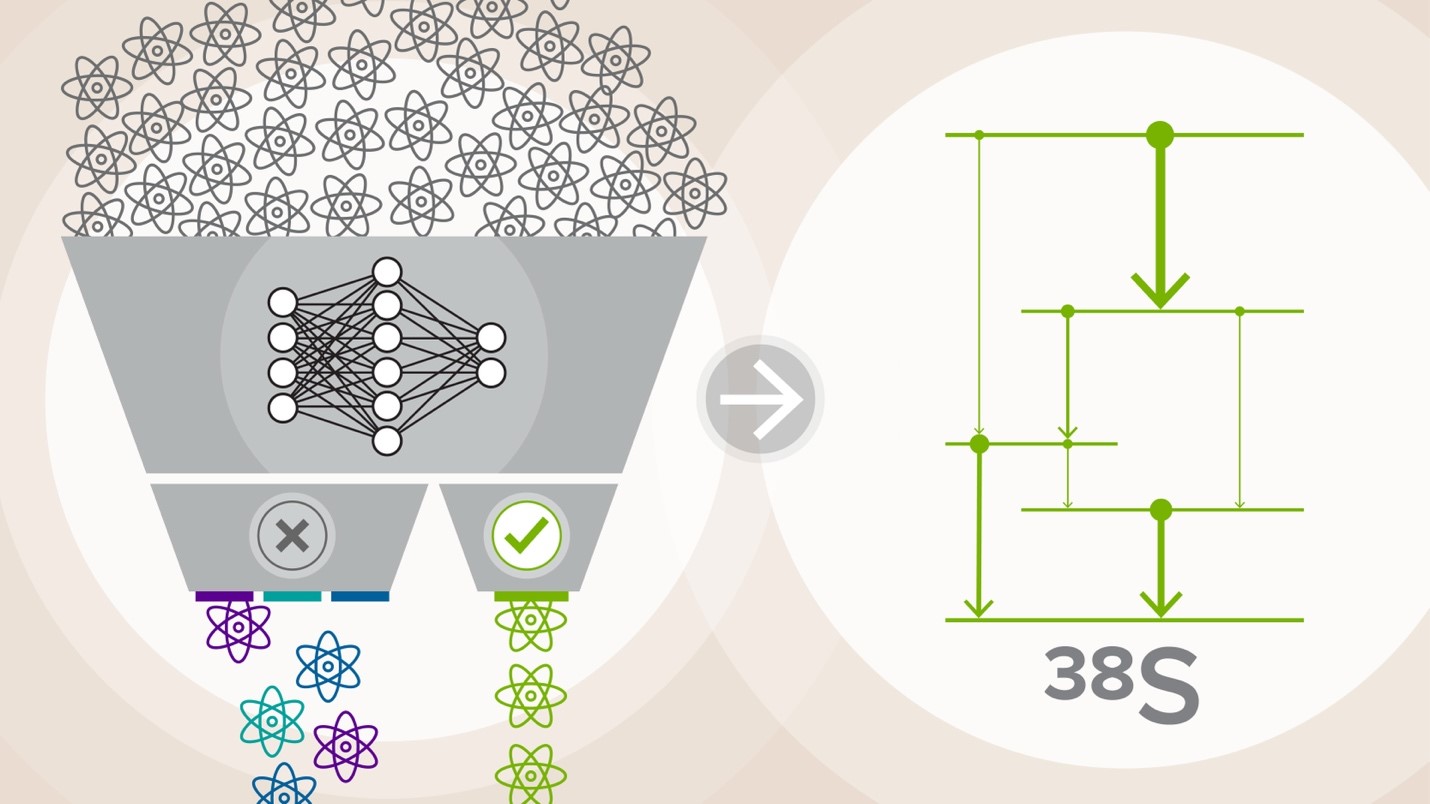
Forefront nuclear physics capabilities and machine-learning data analyses combine to generate new information on quantum energy levels in sulfur-38.
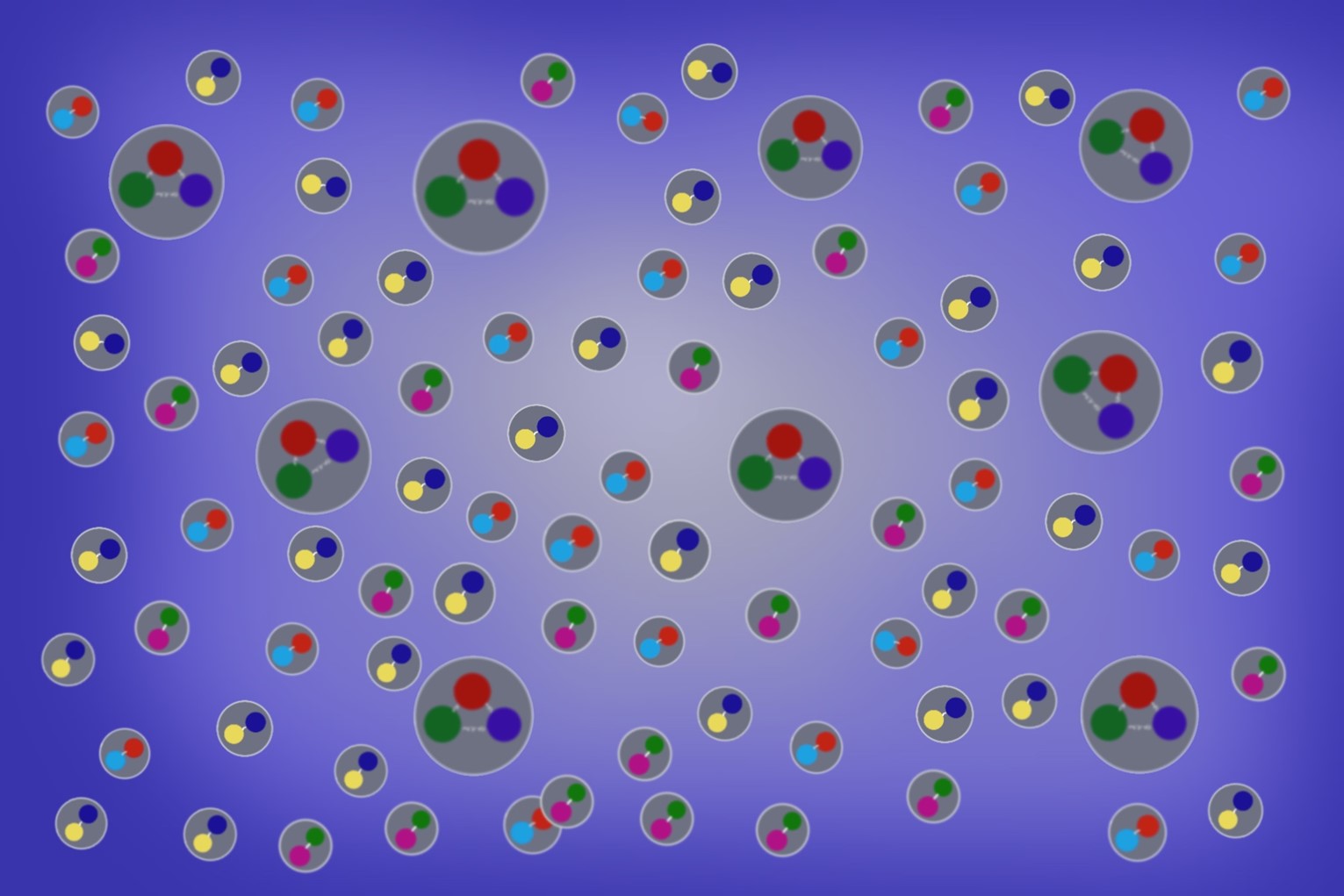
Scientists translate predictions of hydrodynamics into experimentally observable particle patterns.
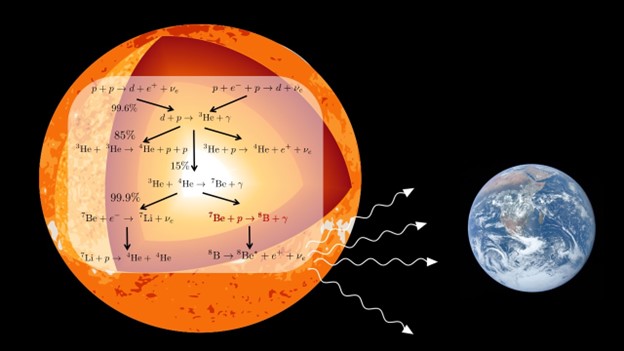
Theoretical calculations and experimental data combine to reduce uncertainty in a key reaction rate in modelling high-energy solar neutrinos.
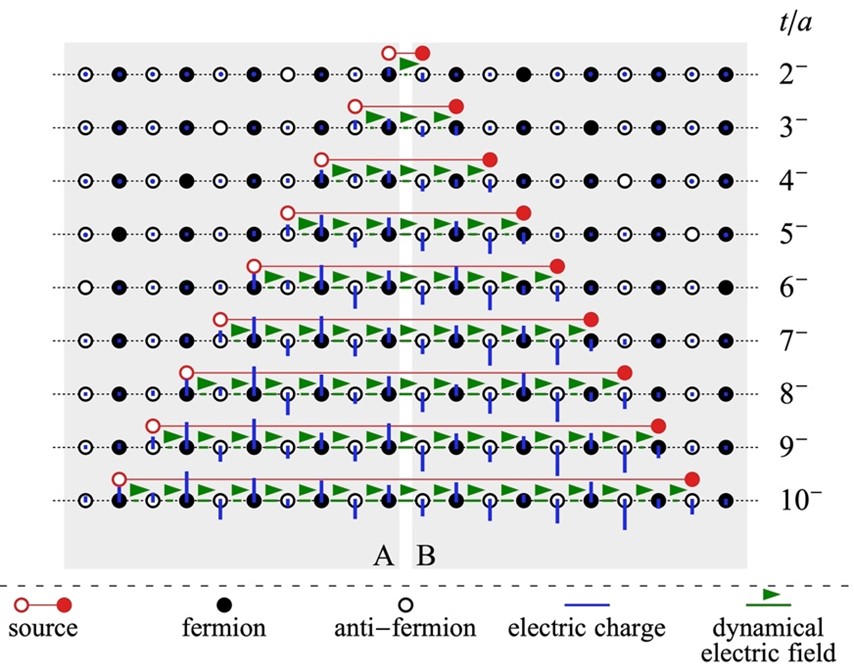
Quantum simulations reveal the presence of entanglement among the quarks produced in high energy collisions.
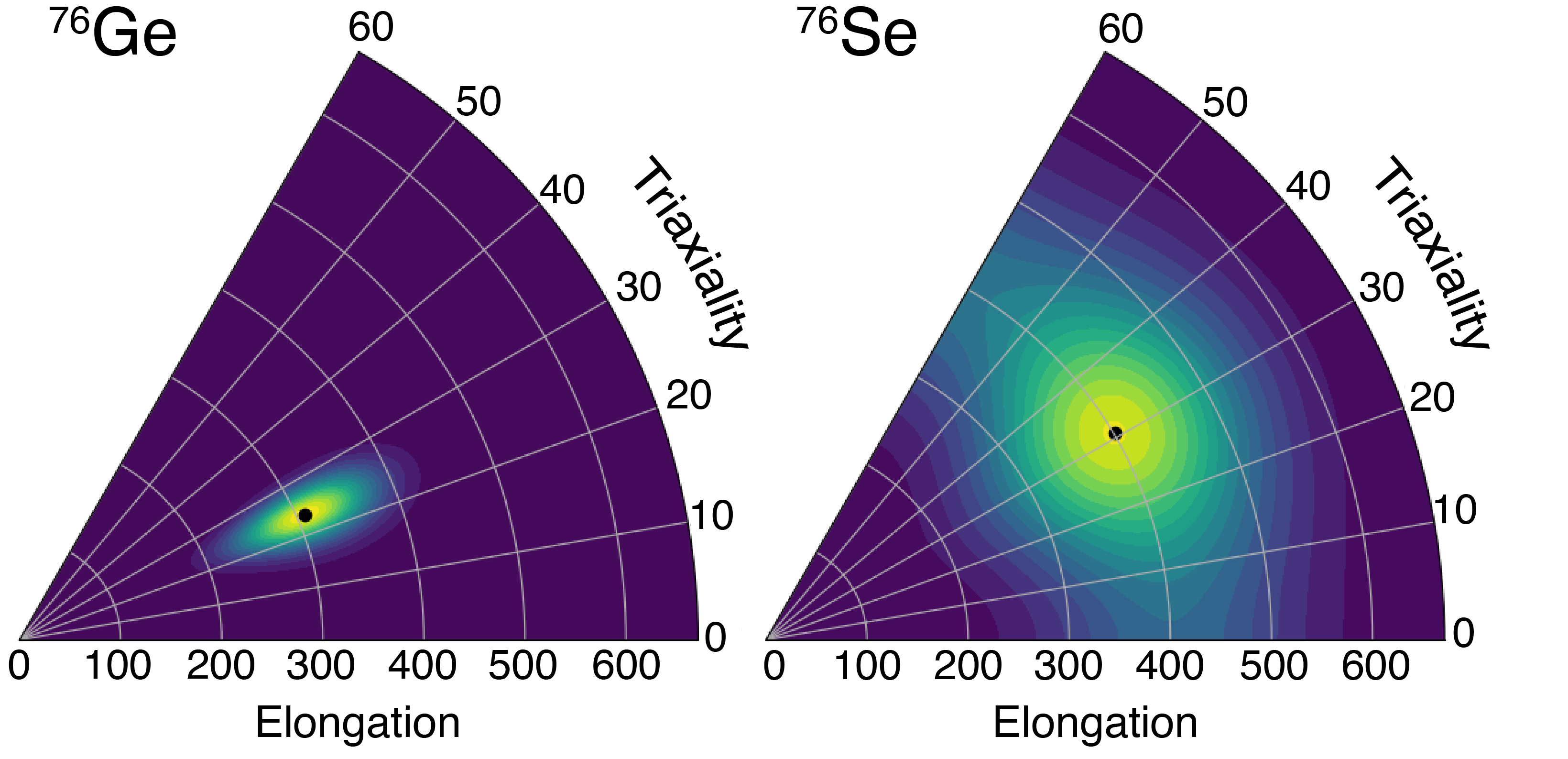
Scientists investigate neutrinoless double beta decay through neutrino mass and the nuclear structure of germanium-76.
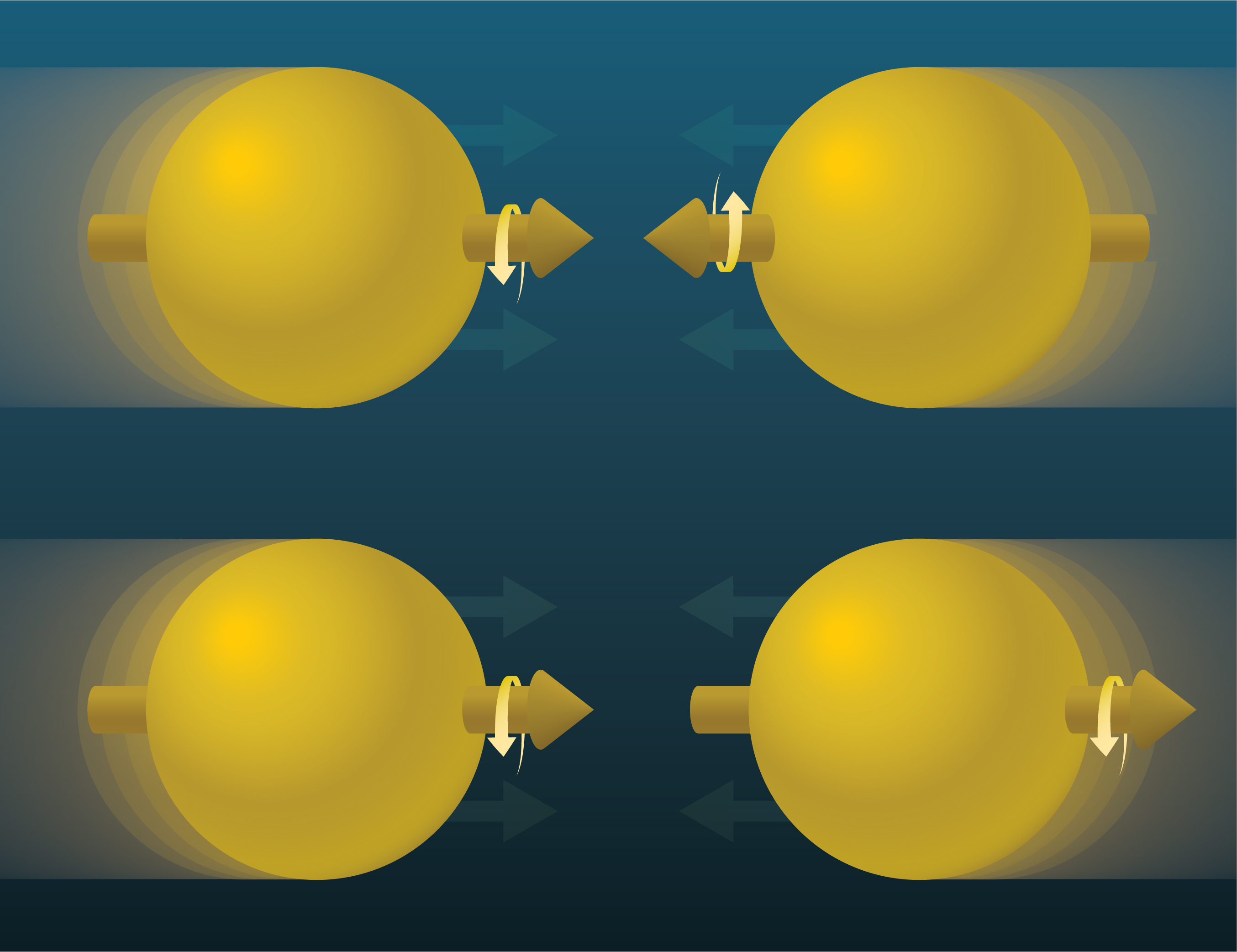
A measurement tracking ‘direct’ photons from polarized proton collisions points to positive gluon polarization.
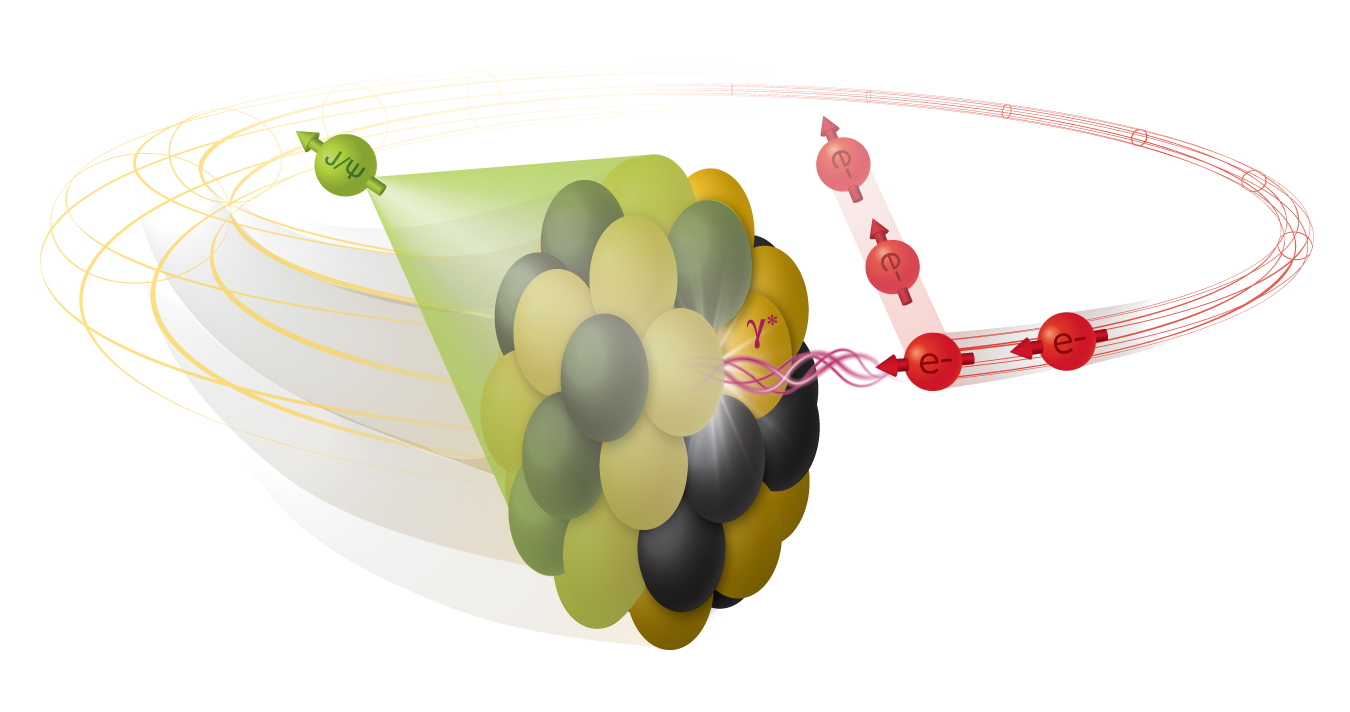
New theoretical work indicates that the future Electron Ion Collider can be used to measure the shape of atomic nuclei.
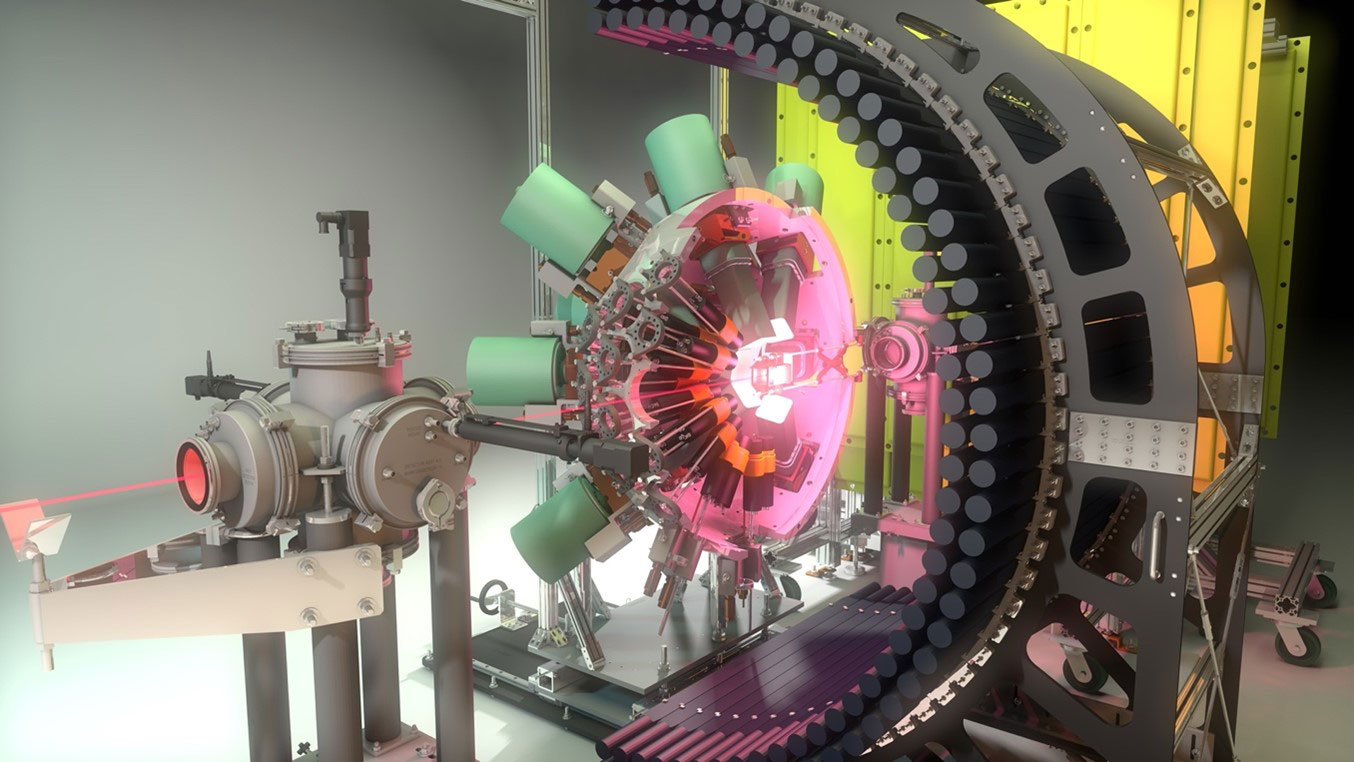
A newly discovered excited state in radioactive sodium-32 has an unusually long lifetime, and its shape dynamics could be the cause.
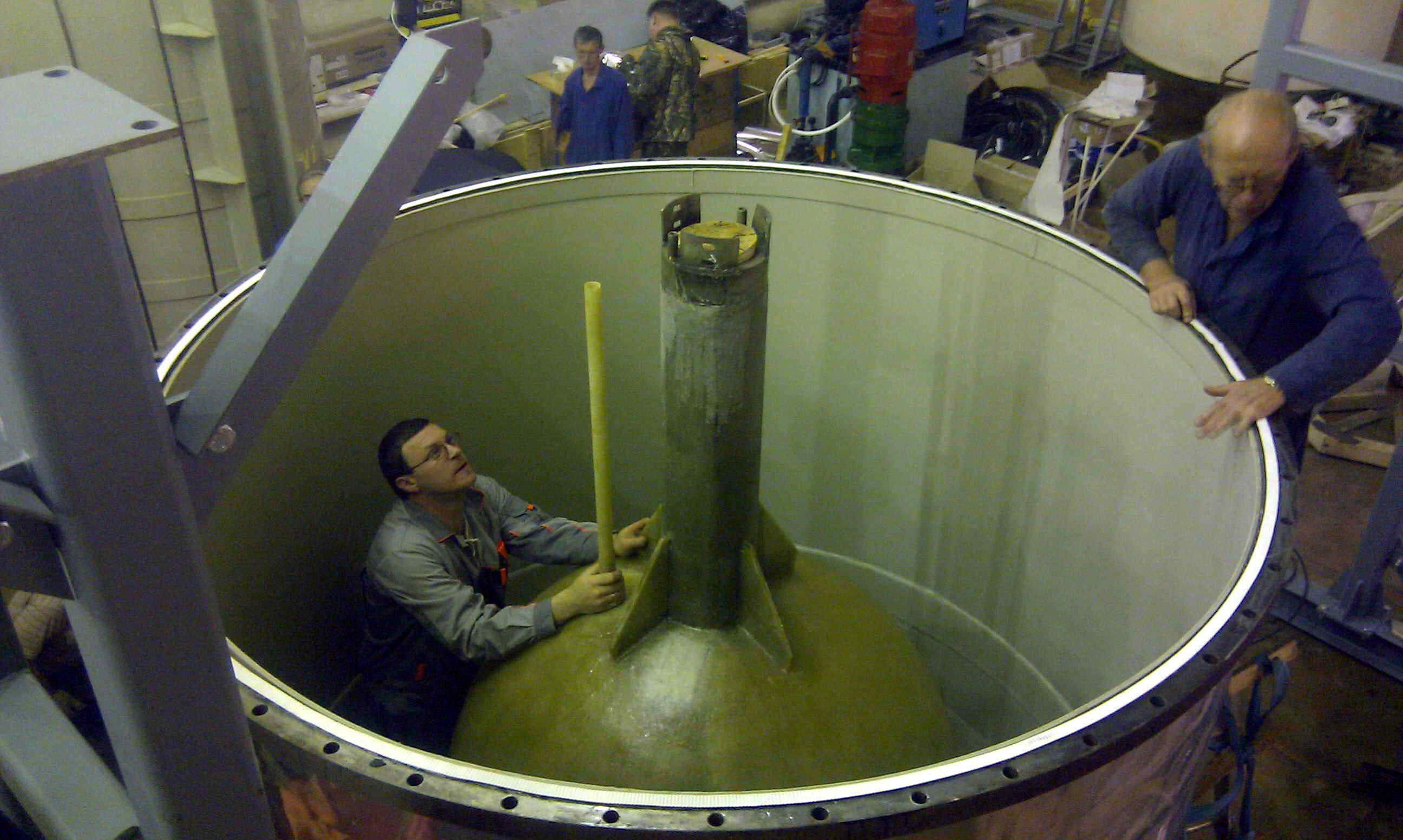
The Baksan Experiment on Sterile Transitions (BEST) finds evidence of the sterile neutrino, a hypothetical particle that interacts only via gravity
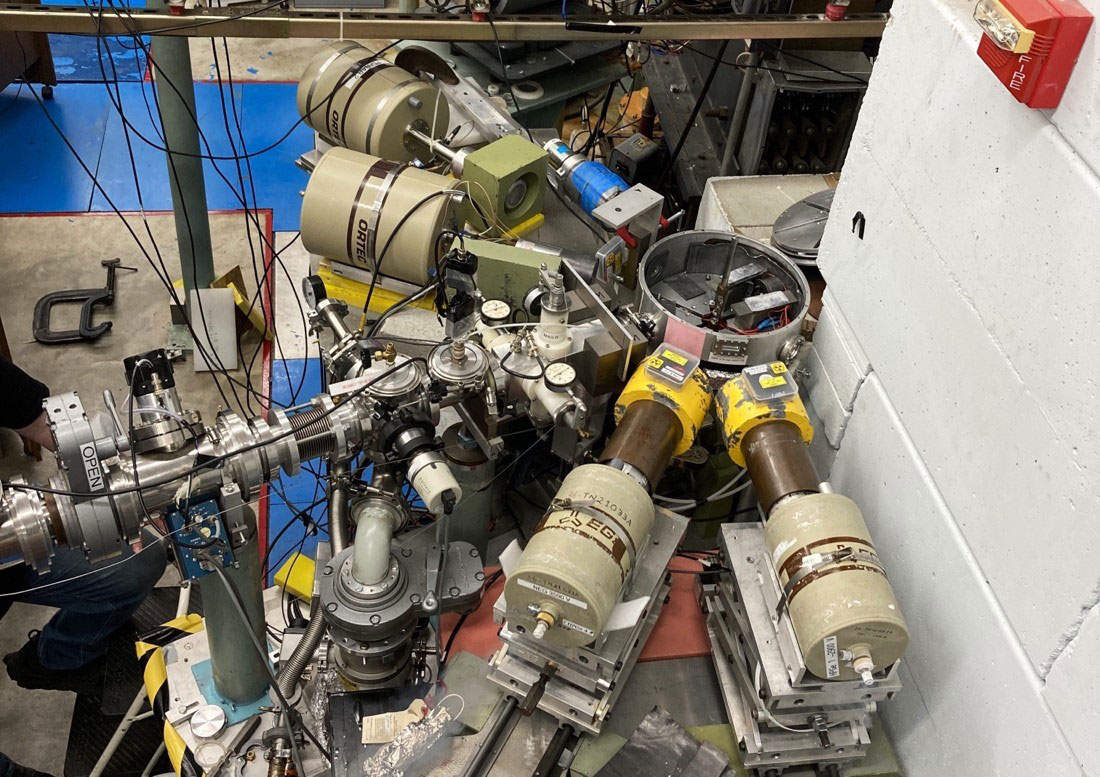
Measurements of the nuclear structure of cesium-136 open a new channel for measurements of astrophysical neutrinos and searches for dark matter.
Signup for the Office of Science’s GovDelivery email service, and check the box for the Nuclear Physics Program in your subscriber preferences.
Subscribe